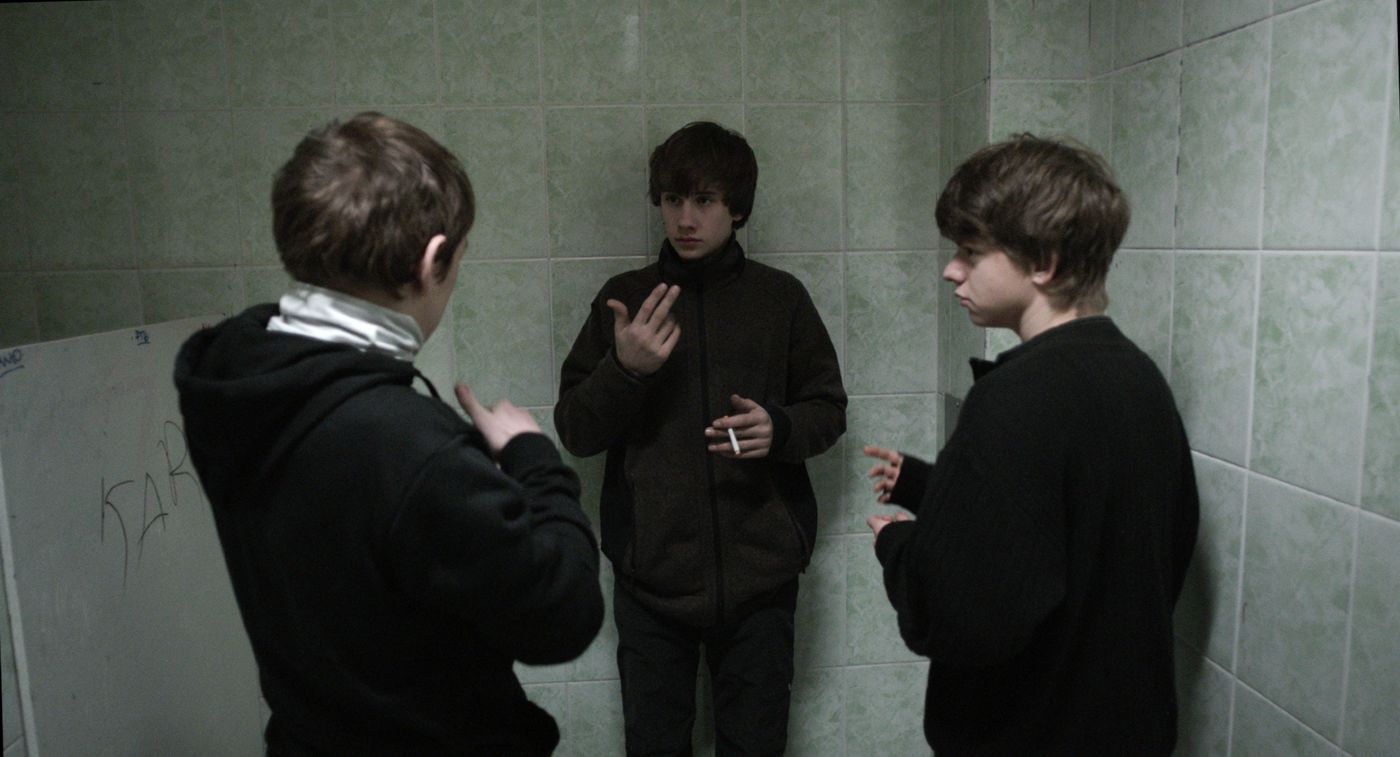
There are so many great films that are widely agreed upon as essential; pieces of work that should be seen. However, every single cinema lover has their own list – films that they often recommend to people because they feel they are important.
Although many can often justify their recommendations, it essentially comes down to taste and preference. This piece simply highlights ten films that can be considered imperative viewing, with reasons for each varying.
10. Like Someone in Love (Abbas Kiarostami, 2012)
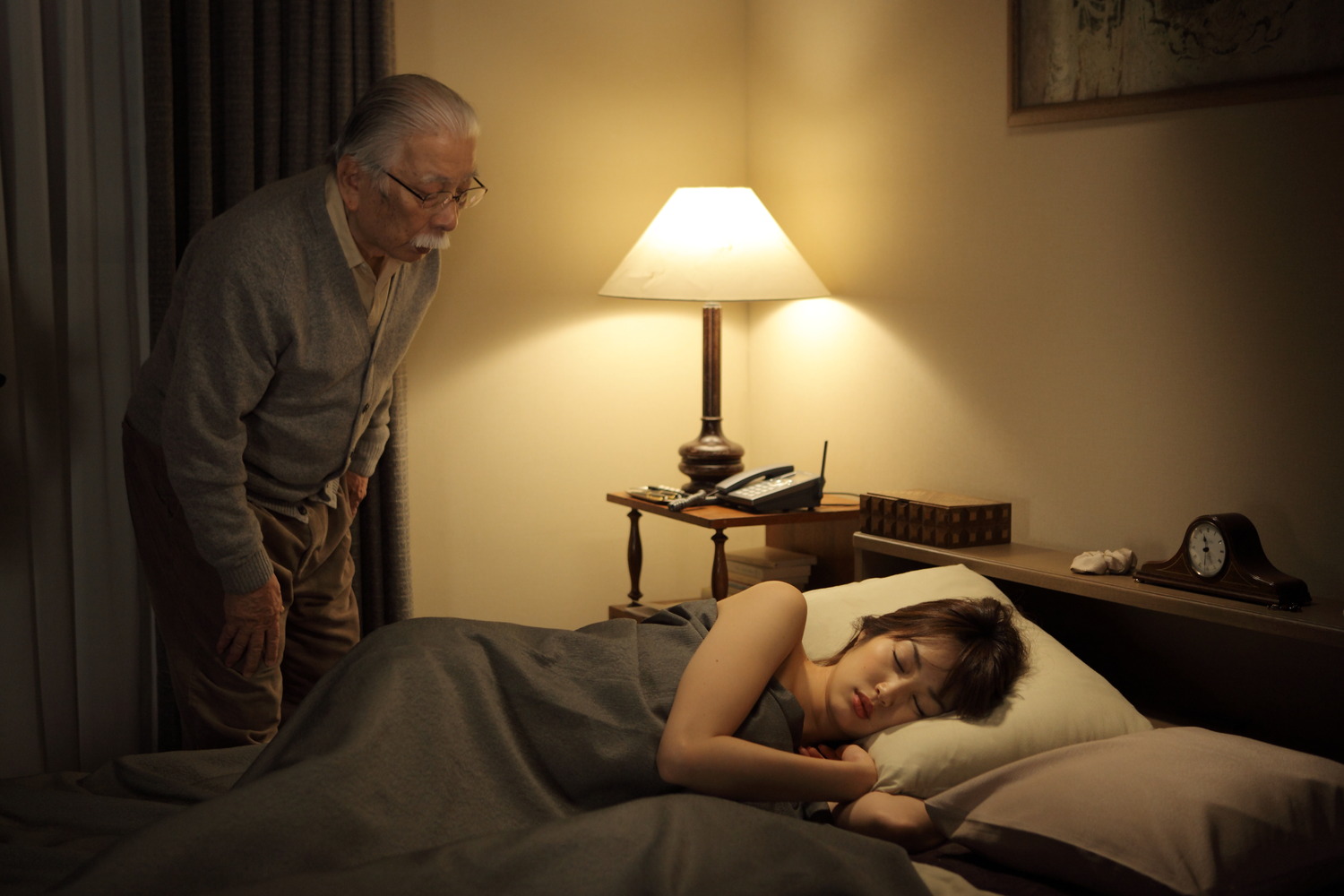
Having directed such films as Taste of Cherry and Close-Up, there is no denying that Iranian filmmaker Abbas Kiarostami’s importance and respect has persisted over time. His 2012 effort, Like Someone in Love, was further proof of the man’s exceptional talents, and was rightfully in competition for the Palme d’Or at the Cannes Film Festival, losing to Michael Haneke’s Amour – a terrific film also.
Kiarostami’s second film set outside of Iran takes place in Japan. Akiko (Rin Takanashi) is a student moonlighting as a prostitute by night. She keeps this hidden from her clueless boyfriend and her neglected family, who are kept at a distance as a result of her private-life.
One night she visits an elderly client who only wishes to be kept company, avoiding any sexual activity in favour of conversation. The next day things become complicated and the man must pretend to be her grandfather to ensure her boyfriend does not gain knowledge of her profession. The narrative is spun from a web of deceit and secrecy, crafting an atmosphere of mounting paranoia through careful direction and convincing performances.
Like Someone in Love certainly keeps the audience on their toes, constantly gripped in fear at the possibility of what this absurd situation may result in. It is also a compelling insight into intergenerational relationships. Akiko’s avoidance of her elderly family members is reminiscent of Ozu’s cinema, critiquing this generation’s lack of respect and consideration for – in this instance – their grandparents.
Ironically, she refrains from meeting her grandmother or returning her calls, and on the way to meeting a man old enough to be her grandfather, she witnesses the woman sitting patiently, which causes her to cry, but not to act.
The narrative begins with her making the wrong and selfish decision, and yet, both outcomes result in the same realisation; the loneliness and consideration of the elderly, and upon inspection, the loneliness of the film’s protagonist, who has become a mystery to her loved ones but available to strangers.
This is a very intelligent and important film, dealing with lofty themes of identity and self-imposed segregation, and it deserves more attention.
9. Arsenic and Old Lace (Frank Capra, 1944)
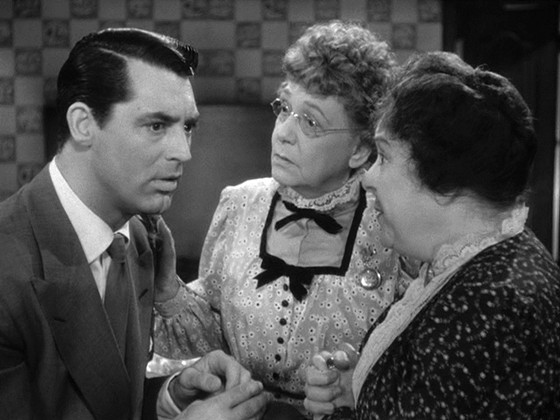
The majority of the films being proposed here are very serious in conveying important messages, or rather, they force us to confront and reflect upon human behaviour; societies that we will never be apart of, or one’s that we aren’t particularly aware of.
This mention, however, is one that everyone can digest and enjoy because it’s such wacky and joyous fun. Frank Capra – known foremostly for the family christmas-classic It’s A Wonderful Life – has made many lauded films, and while 1944’s Arsenic and Old Lace is one of them, you rarely hear people bring it up, so this appears a great opportunity to do so.
To summarise it in a word, bonkers would perhaps best suffice. Cary Grant stars as Mortimer Brewster, a drama critic who discovers that his aunts are actually sweet, old murderers. As more of his family emerge it becomes clear that insanity is synonymous with the family name, leading to a series of bizarre and hilarious hijinks.
The film features brilliant performances from Grant, Peter Lorre, and most notably Raymond Massey as Jonathan, in the role of Mortimer’s serial killer brother whose face has been altered in peculiar resemblance to Boris Karloff’s famous Frankenstein’s monster.
The visual gags and physical comedy on display are just wonderful, with Grant’s endless stream of priceless facial contortions offering an obvious highlight. For the time, such a strange and surreal narrative was highly original and was likely to have been a delicately risky and courageous deviation into oddball territory for Capra in particular.
Arsenic and Old Lace has received great praise, and yet it feels criminally undermentioned, especially when one revisits it and rediscovers just how quotable and crazed it is in its storytelling approach. This is a classic example of timeless slapstick, and those who haven’t seen it are sure to be delighted when they do; an American comedy gem to be enjoyed at any age.
8. Michael (Markus Schleinzer, 2011)
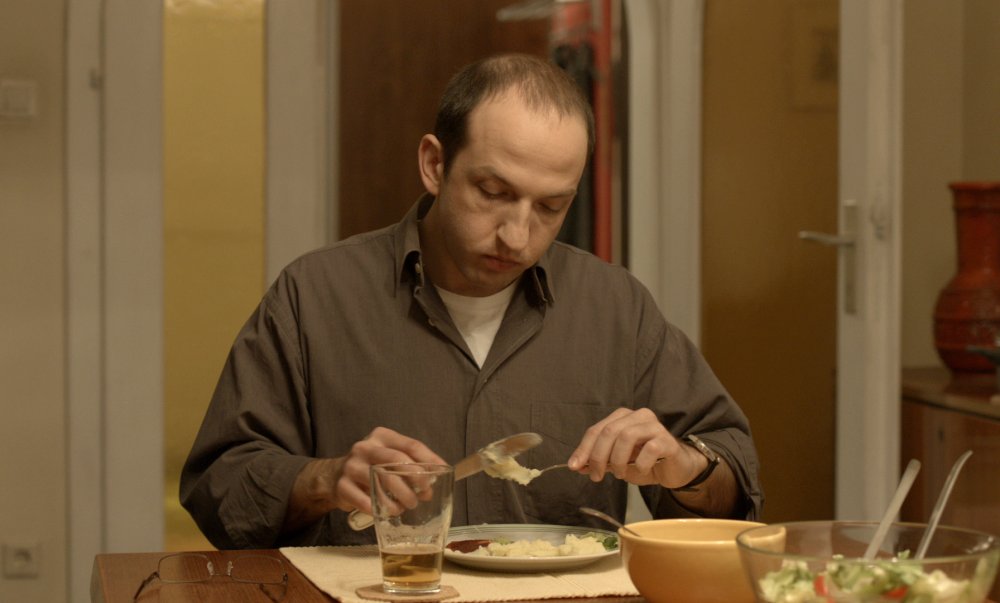
If the name Markus Schleinzer seems familiar, it’s because it is; he is the recurring casting director for Austrian auteur – the one and only – Michael Haneke. In 2012, Schleinzer was confirmed as the great director’s protege, unleashing a directorial-debut that the master himself would have been ultimately proud of.
The film’s inspirations seem to date back to Haneke’s early work, touching on taboo subject matter in such an uncomfortably disquieting manner. It is difficult viewing, in the vein of such work as The Seventh Continent and Benny’s Video, but arguably much more strenuous on the audiences tolerance, testing the relationship between cinema and spectatorship.
Michael tells the story of a boring office worker who kidnaps a young boy and imprisons him in his home. The exposition reveals this cruel and evil relationship in a withdrawn and open manner, stripped of cinematic style to portray the situation in a way so disturbingly real that many will struggle to continue watching. It’s an observational piece of work which documents the darkest of stories, dealing with themes of abuse and paedophilia.
It is undeniably harrowing, and as the narrative progresses we pray that the young boy will be rescued or escape; continuing to watch becomes an act of desperation on our part, as we simply cannot leave this boy alone. The audience becomes a third participant, one unable to interact and break through the lens to save the poor victim, instead reduced to a restrained and useless observer overwhelmed by dread.
Of course, the film is rather difficult to endure, but the way in which Schleinzer explores human darkness by spotlighting an ordeal that many have and continue to face is sincere and crushing, confirming the utmost importance of protecting children, and the innocence which predators mistake for vulnerability.
7. Most Beautiful Island (Ana Asensio, 2017)
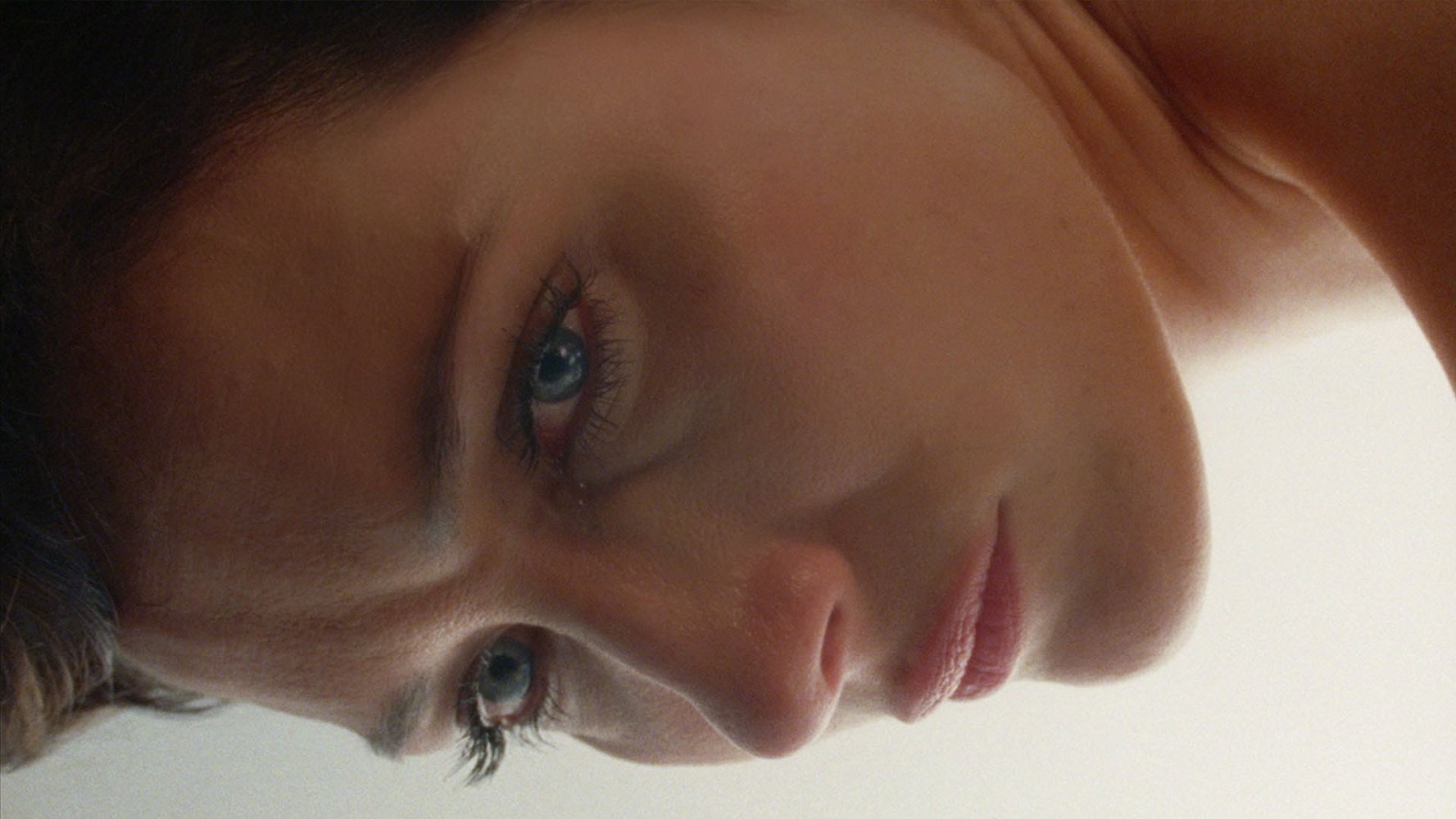
It is a shame that Ana Asensio’s impressive directorial feature-debut won over critics but failed to receive equal praise from audiences. It arguably managed to achieve what many great horror films often do, and that which many aspire to do, which is to address something important, but also to make us feel uncomfortable through the imagination of a narrative entrenched in the genre.
Asensio – also serving as writer/director – stars as Luciana, a young and beautiful immigrant woman who has fled her country in the hopes to recover from the effects of past trauma. Living in New York she struggles to survive her hectic and stressful daily routine, and the audience is faced with experiencing one day through her eyes.
The narrative helps to capture what it must be like for an immigrant struggling to pursue the American dream with such little advantage, and the determination and courage essential to do so – choking on a lie universally swallowed. Themes of dehumanisation and alienation are creatively explored, with Asensio deciding to document the majority of Luciana’s day as a habitual drama, causing the audience to sweat even before the film enters genre territory.
The film’s pay-off is gratifying for those who approach Most Beautiful Island in hopes of witnessing something rather twisted. The last act is brimming with tension, shocking moments and original commentary, commenting on the cruel way by which human life is measured through wealth and money.
It is a film that feels very precise, and Asensio clearly knew exactly what she wanted to communicate, and was successful in doing so in a way that felt immersive and understated, never having to resort to gore or violence to make her point.
The problem, quite possibly, is that the film reached the wrong audience on release, who may have expected the film to be indulgent and gory, as the marketing is suggestive. However, if you go in open-minded, this original “day-in-the-life” narrative will hopefully make an impression.
6. White Dog (Samuel Fuller, 1982)
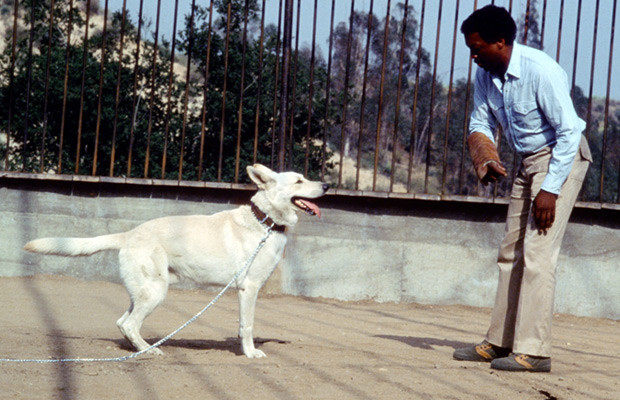
Samuel Fuller’s competent and approachable tale of racism will never fail to maintain its relevance; a heartbreaking reflection when one considers the film’s powerful message and aspirational aims to address themes of tolerance and learned hatred.
When a young actress hits a white Alsation with her car, she decides to care for it and adopts the dog as her pet. However, she is horrified to discover that the dog has been conditioned to attack black people. She seeks the assistance of an animal trainer who begins his attempts to recondition the dog’s behaviour.
Fuller appropriately strips away any level of narrative complexity in acknowledging that racism and hatred are things that are taught, not innate, and the example of a dog trained to kill a specific group is perhaps the best comparison to make when analysing shameful intolerance. The film delves into the proposition of change, asking whether someone can truly alter and conform to civilised behaviour and rationale.
The ending is tragic and thought-provoking, far from the optimistic ending one would expect and wish for. The white Alsation offers a race metaphor, but also, it’s white fur can stir connotations of innocence, perhaps encouraging viewers to understand the dog as a child – impressionable and conditioned to distrust a false enemy.
Perhaps one day, they may realise the error of their ways and turn to their parents in anger, questioning the way they chose to raise their offspring on hatred; or in the case of the film, the one who perhaps holds the closest resemblance to the ones responsible for preaching their damaging misjudgement, which simply and sadly results in more falling victim to uneducated prejudice.
Additionally, the film boasts a brilliant score from the legendary Ennio Morricone – another supplementary addition to White Dog’s criteria as an already essential and thoughtful piece of filmmaking.